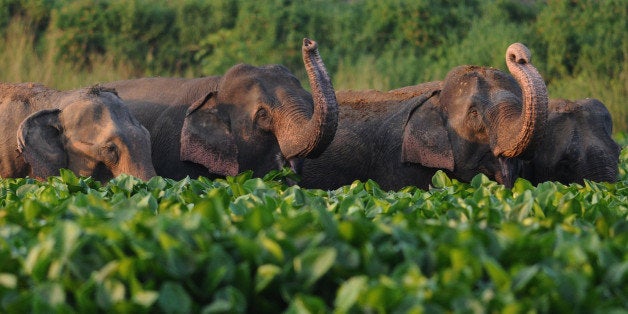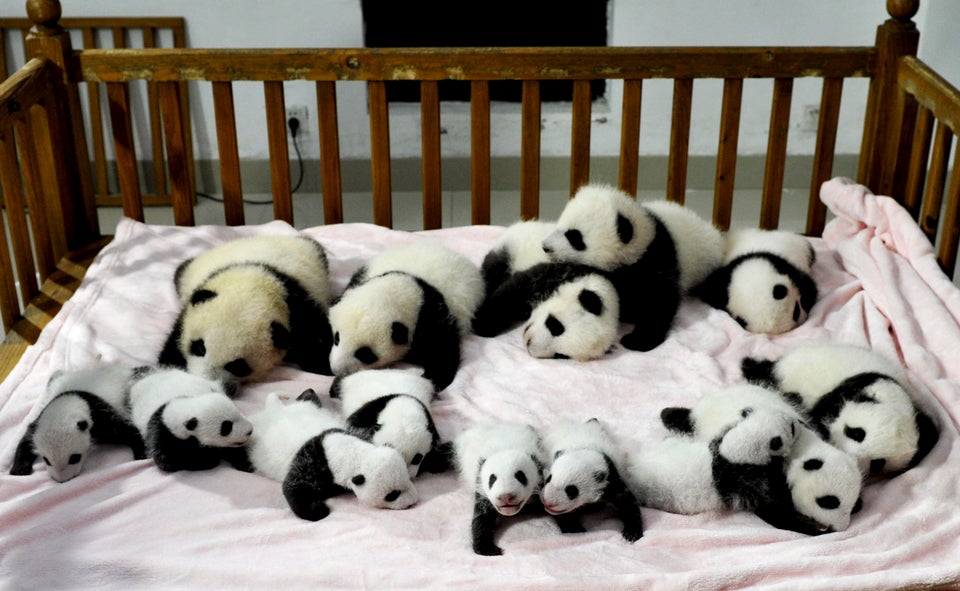
Oh, how the mighty have fallen.
Thanks in part to poaching and habitat loss, 60 percent of the world's largest herbivores are at risk of extinction, according to a new report published in the journal Science Advances. The study, "Collapse of the World's Largest Herbivores," provides a sobering look at 74 of the largest terrestrial plant-eating animals.
The gentle giants have had a tough go as of late. Nearly 100,000 elephants were poached in just three years. A record number of rhinos were killed for their horns in 2014. And mountain gorillas are among the most endangered plant-eaters on Earth.
"I was surprised by the fact that so many of these large animals were consider threatened," Bill Ripple, a professor at Oregon State's College of Forestry, told The Huffington Post. "Most of the very large herbivores have already been wiped out in developed countries."
Ripple and his fellow researchers analyzed population data from the International Union for Conservation of Nature. They found a majority of large plant-eating animals -- found across swaths of Africa and Southeast Asia -- face a dual threat of hunting and habitat loss due to deforestation and the spread of livestock. The study points to many of these species as highly important elements of the food web that couldn't be replaced by smaller species.
A separate study released last week warned one in six plant and animal species are at risk of extinction if climate change continues unabated. Another study conducted by Ripple and his colleagues last year found 60 percent of the world's largest carnivores -- lions, leopards, otters and wolves -- were at risk of extinction.
So, what's to be done?
Ripple said he's optimistic about conservation because of changes in response to biodiversity catastrophes. He pointed to Yao Ming's efforts to combat shark fin soup in his native China, which some experts say have cut consumption by 50 percent to 70 percent. Efforts from legislators, including a new bill sponsored by Rep. Peter DeFazio (D-Ore.), would help reinforce the illegality of the wildlife trade.
But much of this comes down to money. Not just for the well-loved elephants and rhinos, but also for the lesser-known warty pigs and mountain anoa.
"One of the bottom-line issues is, the people in the rich countries need to come help rescue these animals," Ripple said. "They need to help."

